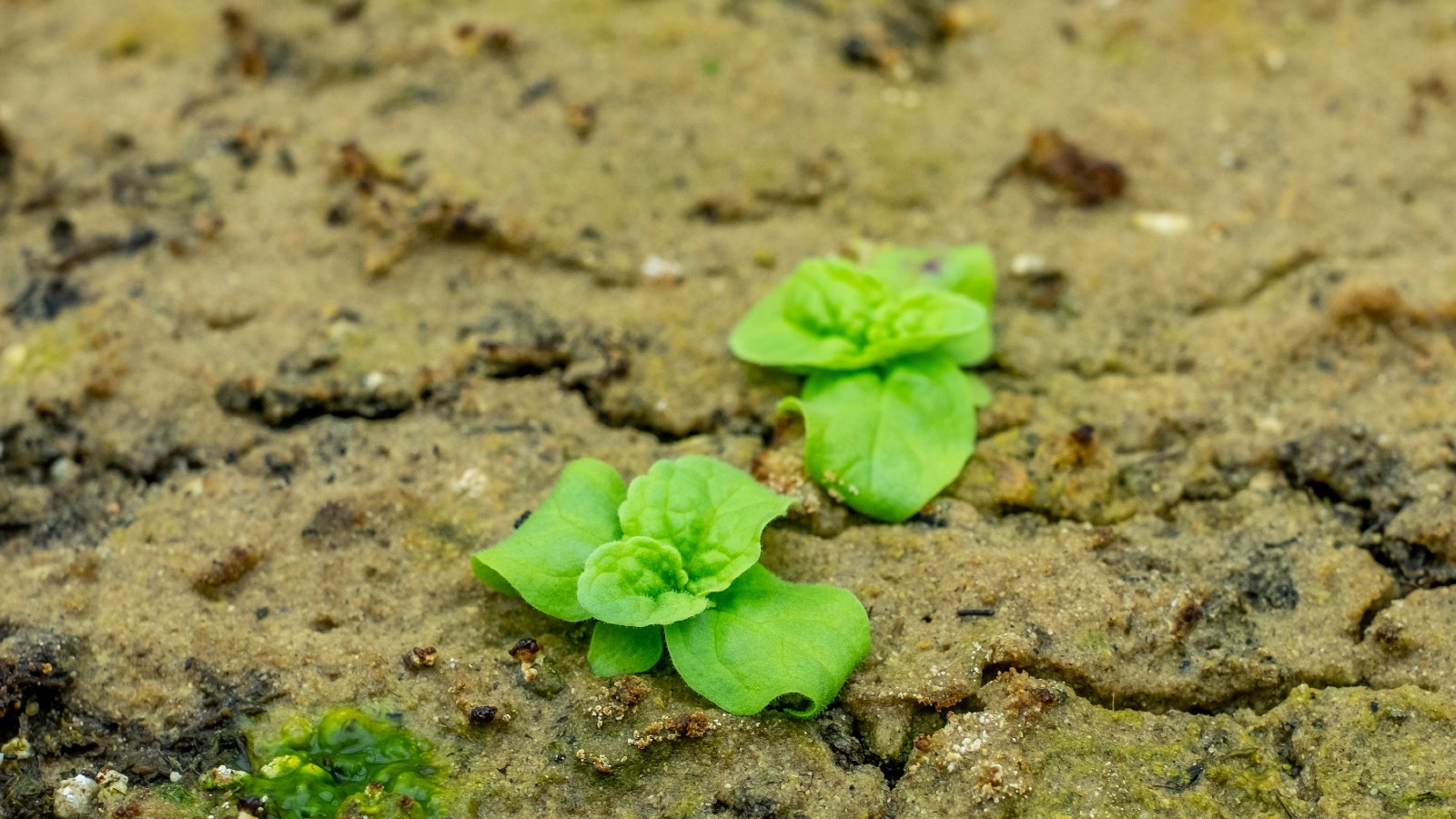
Researchers working on a secretive, 144-year-long experiment on "zombie seeds" have discovered a surprising hybrid plant hiding among the other buried buds.
In 1879, botanist William Beal buried 20 glass pint bottles, each filled with wet sand and 50 seeds belonging to 23 species of weeds, at an unknown location at Michigan State University (MSU). Beal's goal was to discover how long the seeds could remain viable by digging up the bottles years later to see if the seeds would germinate, or grow into plants. He hoped to discover how long dormant seeds beneath agricultural fields could pose a threat to farmers if they were dredged up by the plow.
To start with, Beal dug up a bottle every five years. But in 1920, after the first eight bottles had been unearthed and the seeds showed high rates of germination success, Beal's successors decided to prolong the experiment by digging up a bottle every 10 years. In 1980, the interval was extended to 20 years as seeds continued to germinate.
The location of Beal's bottles has remained a closely guarded secret passed down from researcher to researcher to avoid anyone interfering with the project.
In 2021, researchers dug up the 16th bottle and — as with previous iterations of the experiment — some of the buried plants "ex-seeded" expectations and germinated once again.
These seeds are "like zombies that can hang out in the soil for incredibly long periods of time, seemingly dead and then suddenly germinate," project researcher Marjorie Weber, a professor in plant biology at MSU, said in a 2021 statement after the seeds were last dug up.
Related: Alan Turing's famous mathematical model was right all along, chia seed experiment reveals
But in the latest follow-up study, published Oct. 9 in the American Journal of Botany, the team discovered that the 16th bottle contained a hybrid, or genetic mix of two different species: Verbascum thapsus, which was known to be part of the experiment; and Verbascum blattaria, which was deliberately not included in the bottles.
The V. thapsus and V. blattaria mix was revealed via DNA analysis, which "would have surprised and amazed Beal since DNA was unknown at the time [the bottles were buried]," researchers wrote in a new statement.
The researchers are still unsure exactly how the hybrid was created, but Beal likely mistook the seed for a regular V. thapsus seed when he was filling the bottles.
Related: The oldest tree in the world (and the 7 runner-ups)

Verbascum seeds are one of the few species that are still able to germinate. The rest stopped germinating after a few decades. The team hopes that it will continue to germinate when the next bottle is unearthed.
"It's still a little early to put it on my calendar, but I am looking forward to seeing if we can wake up any more seeds in 2040," project researcher David Lowry, a professor in plant biology at MSU, said in the new statement.
With just four bottles remaining, the researchers may have to further increase the intervals between digs to prolong the experiment.
"The Beal experiment will ultimately end when we run out of bottles," Lowry said. "If seeds germinate again from our next dig, we may need to consider extending the time between bottle extractions to every 30 years."




!["[T]he First and Fifth Amendments Require ICE to Provide Information About the Whereabouts of a Detained Person"](https://images.inkl.com/s3/publisher/cover/212/reason-cover.png?w=600)


